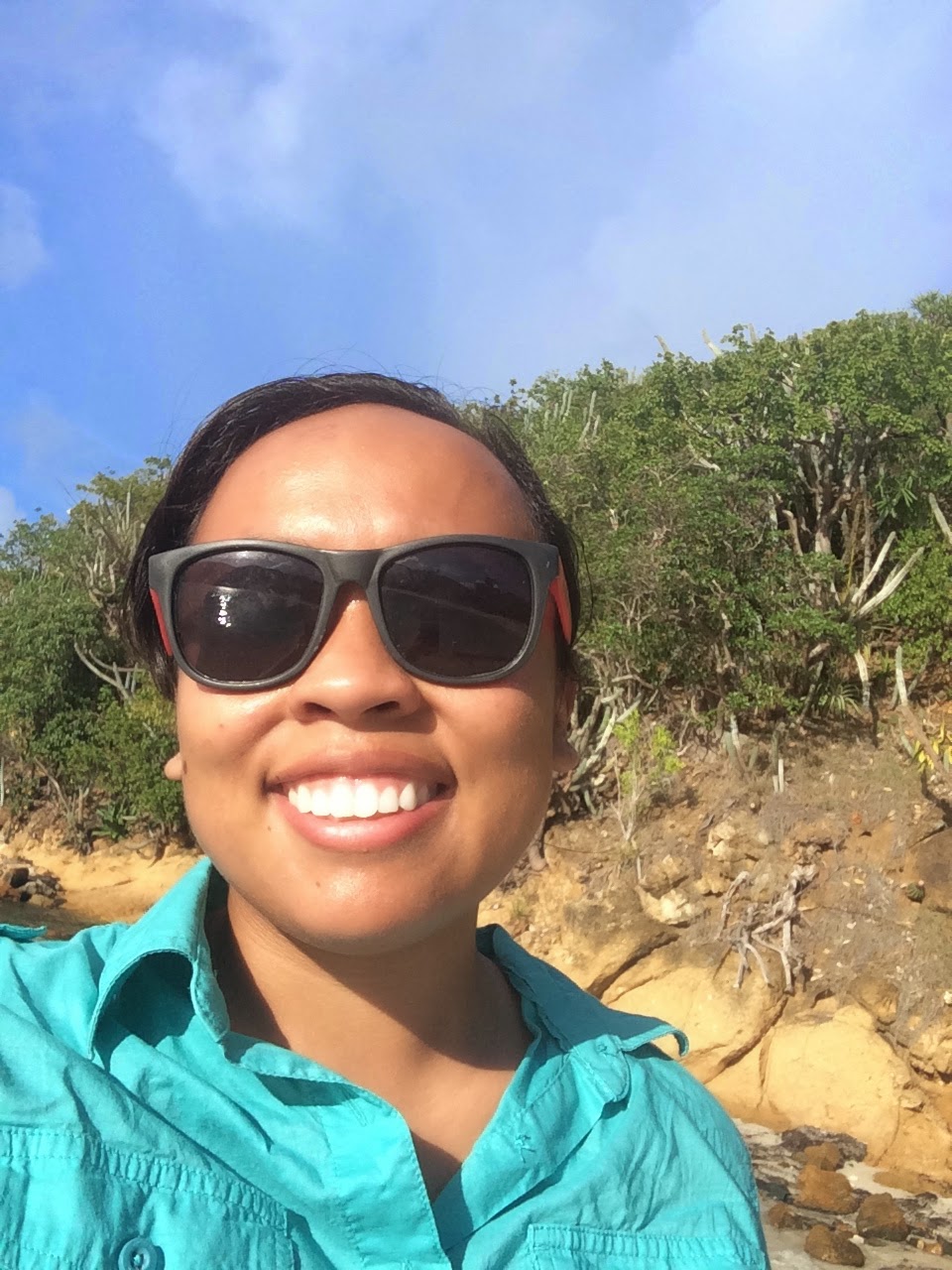¡Viva la Revolución!
Long Live the Revolution
I was recently
awarded Best Graduate Student Essay for the 2nd Annual Martin Luther King Essay
contest at the University of Idaho. Our essay prompt was to take inspiration
from Alicia Garza’s work (co-founder of #BlackLivesMatter), and write a short
essay that imagines how we might work to create a more caring community on the
University of Idaho campus.
These are the words that resonate inside mi corazón y mi alma (my heart and
soul). As a Latina, I am constantly faced with barriers because of my skin or
gender or both. “¡Viva la Revolución!” are the words I use to keep myself
strong during stressful situations where my voice is ignored because I am a
Latina. Much like the Black Lives Matter movement and Alicia Garza, I believe
we must be radical in how we create a more inclusive campus. I believe that we
can create a more caring community at the University of Idaho by using
student’s diverse culture and history to educate and create a more inclusive
campus for the present and the future. We must be revolutionary in how we
communicate to students, staff, faculty, and administration to leave them with
the profound message of inclusivity.
For students, we should provide cultural awareness to organizations that are
not culturally diverse or do not identify as a multicultural organization.
Exposing students to food, dance, song and story is an exciting way to get
students involved in a diverse culture. In addition to cultural awareness, we
can provide cultural sensitivity training that does not focus on what is
politically correct, but focuses on the struggles of different underrepresented
groups. Exposing students, who do not identify as “underrepresented” or
“diverse” to more than what is politically correct, can have a positive outcome
in creating a more caring campus community.
Faculty and staff need to be constantly reminded of the many demands that
students today have. Rising tuition, homework, and working a part-/full-time
job, are just some of the student’s demands today. The loads of faculty and
staff in academia are substantial, yet faculty and staff are indispensable
voices to creating a caring campus community. Faculty from diverse disciplines
can explain the importance of inclusion and diversity within their field. A
business professor, can explain the benefits of having a diverse staff to
increase business productivity and revenue. In science, the benefits of a
diverse workforce can lead to breakthroughs in the field of chemistry by
creating new vaccines for third world countries. Diversity in music brings a
mix of sounds much like how reggaeton was created with the fusion of African
and Latino beats, and now people dance to songs of Pit-Bull or Prince Royce.
Administration within the University of Idaho are critical to implementing
campus caring initiatives, but more so administration must lead by example.
They must act as innovators in ensuring that they not only create these
initiatives, but hold themselves accountable by acting as the silver and gold
standard that is University of Idaho. Administration that acts as the standard
will cause faculty and staff to set a caring atmosphere within their classrooms
and offices that ensures diversity. This goodwill, will flow into the students
who proactively will create a caring campus from the bottom up. They will stand
up for what is right and put aside their differences.
As for myself, I will create a caring campus community by using my culture to
educate others the importance of diversity and how we can be inclusive in
acknowledging our differences. I will keep using ¡Viva la Revolución!, as a
reminder that we can create a campus community that truly cares about one
another regardless of gender, sexuality, ethnicity, and nationality. I hope
that individuals around me will create a caring campus community by being
revolutionary in their approach to inclusivity.




















